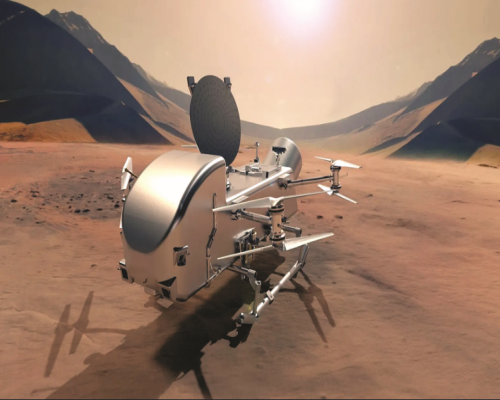NASA's Dragonfly Mission to Titan: Set for 2028 Launch via SpaceX Falcon Rocket

NASA has announced the launch of its ambitious Dragonfly mission in 2028, marking its first mission to Titan, Saturn's largest moon. SpaceX's Falcon Heavy rocket has been selected to carry the spacecraft from Florida's Kennedy Space Center. This $3.35 billion project aims to explore Titan's atmosphere and investigate the potential for life.
Dragonfly, an 8-rotor drone-like spacecraft, is designed to fly across Titan's diverse surface. Titan, with its dense atmosphere and hydrocarbon-rich environment, is considered a promising candidate for studying prebiotic chemistry and extraterrestrial life. The mission seeks to uncover the moon's chemical composition, geological activity, and habitability.
The spacecraft is expected to reach Titan by 2034. Its objectives include identifying organic compounds, understanding surface-atmosphere interactions, and studying the potential for life in Titan's unique conditions.
This groundbreaking mission is part of NASA's efforts to explore distant worlds and deepen our understanding of planetary systems. Dragonfly's success could pave the way for future exploration of other celestial bodies, including planets and moons with atmospheres or surface liquids. The collaboration with SpaceX highlights the growing role of private companies in space exploration.























